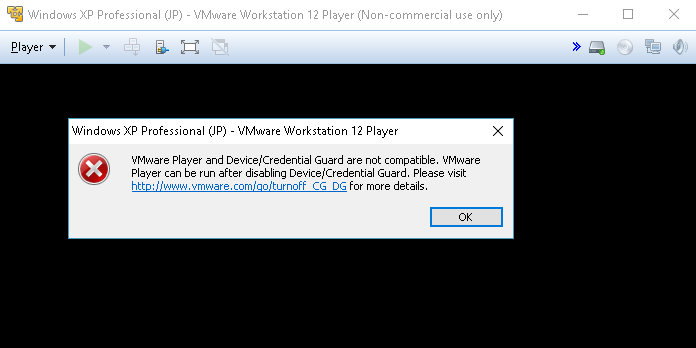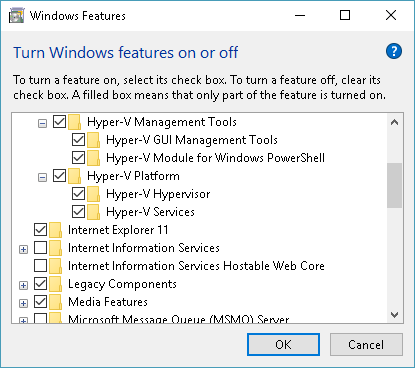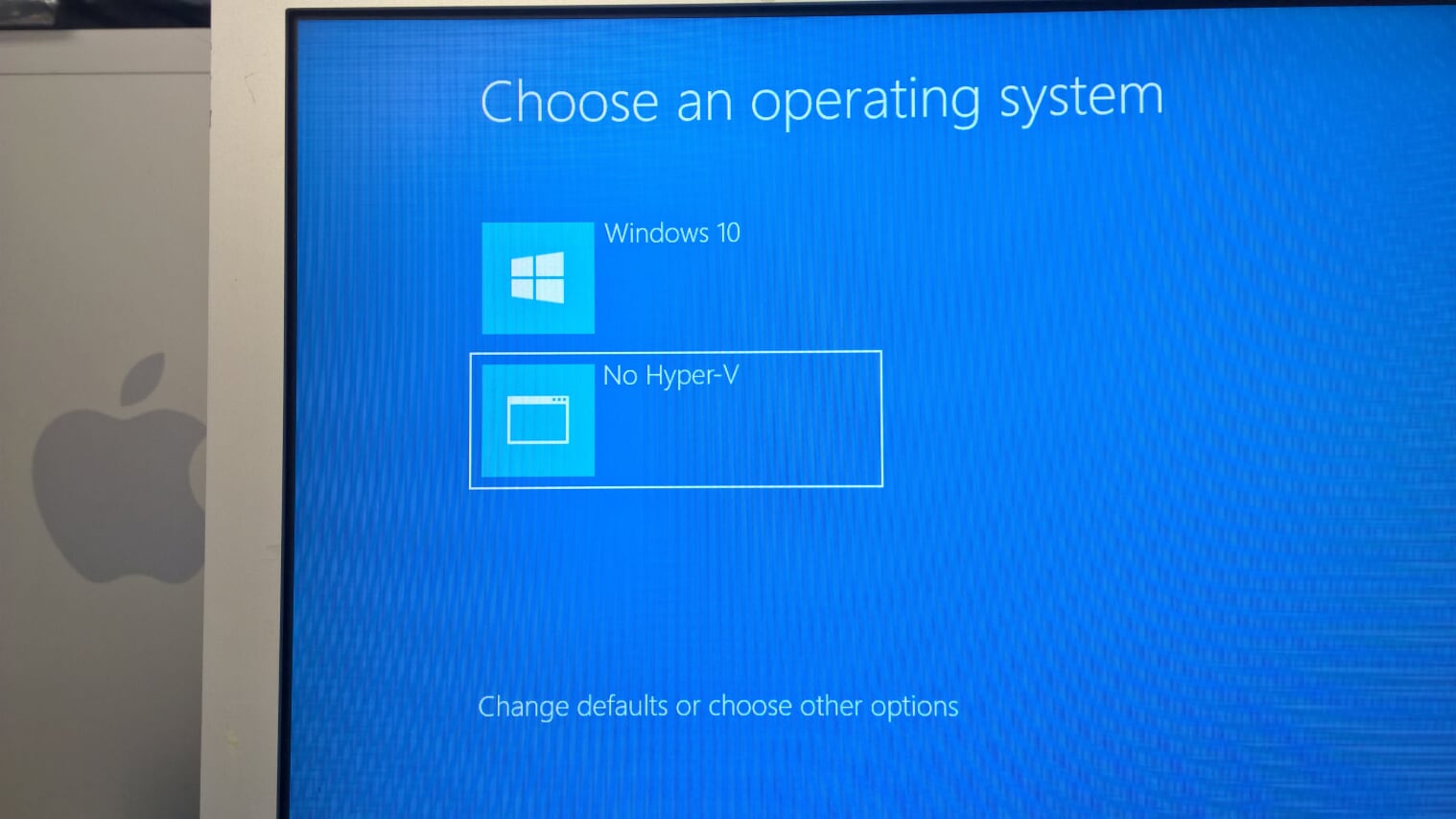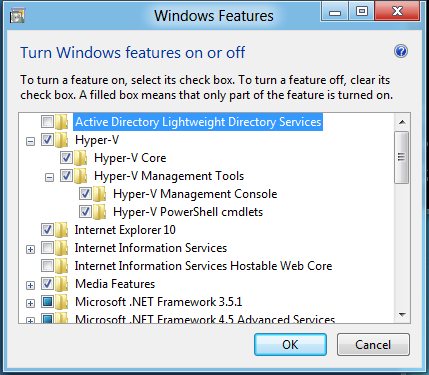Well frankly I’ve been majorly disappointed with Microsoft’s latest offerings in the world of virtualization. Frankly it’s been one BIG step backwards in terms of management.
I mean check this well meaning blog on how “easy” it is to setup remote management. And of course for the most part it NEVER works.
I know this must be a major news flash to Microsoft but you see virtual servers are like mainframes. The zone 0 OS must be able to stand on it’s own, and have just enough to bootstrap the hypervisor and allow itself to be managed in a stand alone fashion. After all if it were in a domain, where do you think those domain controllers are? Yep they are Virtual machines! And how do you ‘manage’ a domain resource with no DC’s? The whole 2008 Hyper-V is a BIG miscalculation on Microsoft’s part. I hope they wake up and notice how they had a good thing and have destroyed it.
All this nonsense sent me searching for an alternative which I’m pretty sure I found a great blend of system emulation, and something like SUN containers for Linux. There is even a Debian etch based quick install version called Proxmox which incorporates KVM (The new Linux hypervisor) and OpenVZ. And of course it’s FREE!
The cool thing is that the main management works on a web page, the consoles can be controlled via a VNC viewer that uses JAVA, and it’s VERY quick to setup.
The system emulation KVM uses the core devices from Qemu so a lot of Qemu virtual machines will “just work” if you copy them over. If you are installing an OS onto the virtual machine the ‘easy’ way is with the physical CD, you can use ISO images, however they are awkard to use. You have to flag the VM to pause on startup switch over to the monitor page and issue the following command:
change ide1-cd0 /directory/isoimage.iso
then tell the emulator to start up with the ‘c’ command which will continue from the pause…. Yeah I know it’s not terribly eligant.
On the OpenVZ front, it’s FAST as there is no real emulated IO it’s native. So I decided to use the wiki template and setup a wikipedia mirror at home. If anyone feels as brave you too can find instructions here:
These are some of the table times to load:
601M pages.sql Query OK, 7,473,186 rows affected, 8 warnings (5 min 10.52 sec)
837M revision.sql Query OK, 7,473,200 rows affected, 65535 warnings (2 min 11.84 sec)
18G text.sql Query OK, 7,473,202 rows affected, 1 warning (12 min 12.07 sec)
20M category.txt Query OK, 471,207 rows affected (13.14 sec)
1.8G categorylinks Query OK, 24,501,837 rows affected, 30177 warnings (28 min 28.31 sec)
5.6G externallinks Query OK, 36,492,925 rows affected (3 min 50.34 sec)
362M latestimage Query OK, 807,906 rows affected, 2 warnings (34.35 sec)
555M imagelinks Query OK, 18,615,721 rows affected (10 min 49.60 sec)
32k interwiki Query OK, 651 rows affected (0.08 sec)
186M langlinks Query OK, 5,780,509 rows affected (2 min 17.75 sec)
2G logging Query OK, 16,398,421 rows affected (2 min 51.75 sec)
45M oldimage Query OK, 118,449 rows affected (1.97 sec)
7.6G pagelinks Query OK, 270,641,297 rows affected (6 hours 12 min 4.83 sec)
104M redirect Query OK, 3,234,481 rows affected (23.71 sec)
1.2G template-link Query OK, 48,885,222 rows affected (50 min 7.08 sec)
68k user_groups Query OK, 3,947 rows affected (0.11 sec)
Even the ‘longest’ part here with the 270 million records took six hours… Not too bad! That’s still 12,122.88 TPS!
Also as a tip for anyone else crazy enough to do a sizable mediawiki (like wikipedia) or any single server wiki look to this page.
The upshot is that by loading this APC
extension into PHP and mediawiki load times for my cached site went from 2-5 minutes to 1-10 seconds.
The OpenVZ portion has various application templates that can be loaded into the zones from CentOS, Debian, Ubuntu, to pre configured applications like the media wiki and a few others.
If anything I’d say that proxmox is what I was hoping Microsoft’s Hyper-V could have been. A container version of windows with easy remote admin along with some system emulation could have made things MASSIVLY easier to deal with. It’s a shame they decided to go with this bizarre WMI based thing.




